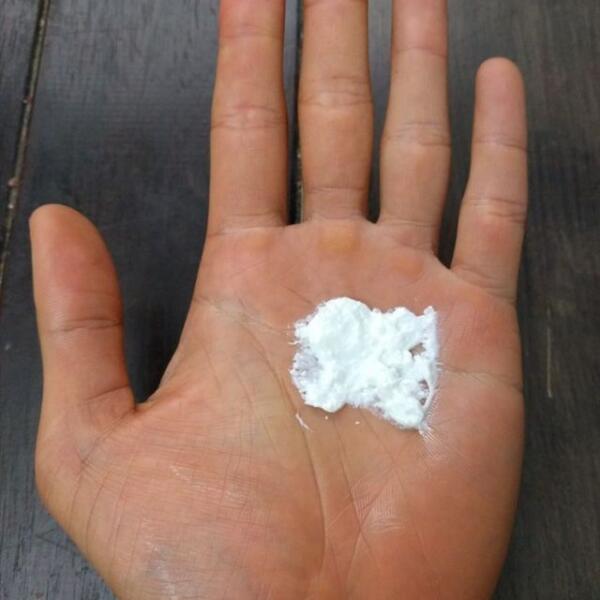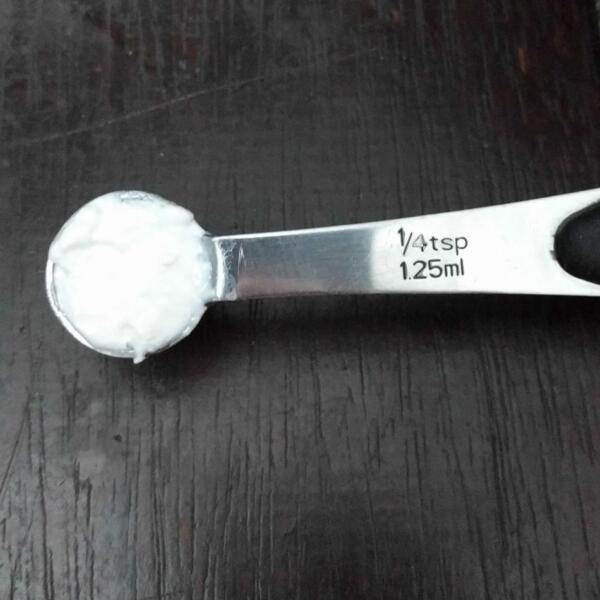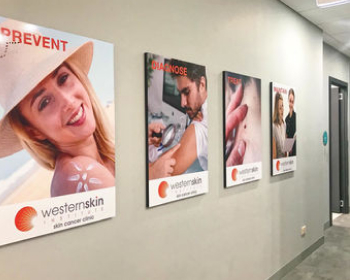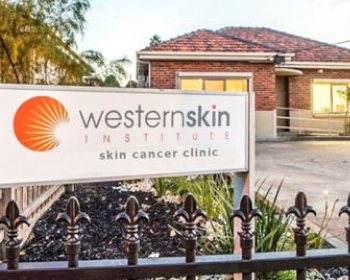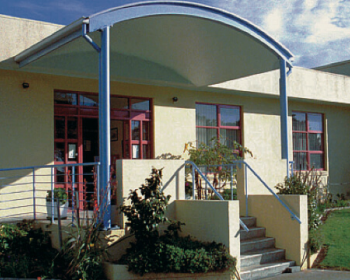Did you know that ultraviolet radiation is a Class I carcinogen (cancer causing agent)? This means that it is in the same category as a nuclear bomb explosion, arsenic and asbestos. Yes, the sun that creates all life on planet earth, is also the biggest cancer causing agent. So what can one do to prevent skin cancer? You simply have to be sun-smart. Felt like you’ve heard this before? Read on:
The low-down on sunscreens
Sunscreens are really the key to prevention of skin cancer and sun damage. However, studies have shown that the compliance to sunscreen advice is about 4.4%. This means that out of one hundred people that I provide sunscreen advice, only four would use it properly.
SPF
A sunscreen’s SPF (Sun protection Factor) measures the ability of the sunscreen to protect against sunburn. For example, an SPF 15 means that 1/15th of the burning radiation will reach the skin, assuming an application of 2 milligrams per square centimetre (mg/cm2).
This is what 2mg/cm2 looks like:
It is the equivalent of ¼ teaspoon to cover the area of your face. Any amount less than this will reduce the effectiveness of the sunscreen.
Unfortunately, there has been recent trends for overzealous marketing towards higher digit SPFs to promote the sale of the sunscreen. Merely applying sunscreen is not a guarantee against skin cancer. Application amount (as above), application technique, water resistance and type of sunscreen are all important.
Water resistance
The water resistance of sunscreen is always measured under artificial, experimental conditions. This means that human skin (with sunscreen) has been submerged in a temperature regulated water tank and subject to various water agitation and then having its SPF re-measured.
For open water swimmers, the practical application of this artificial simulation is limited. We swim at varying water temperatures, against current, our skin moves as we perform each stroke; hence the actual/real-life water resistance of sunscreen is much less.
Application technique
The average user of sunscreen applies sunscreen so thinly; it achieves only 20-50% of its effectiveness. In addition to applying the right amount as detailed above, application technique is also important as areas that are commonly missed are ears, back of hands, neck, feet and legs. In addition, sunscreens are often applied non-uniformly, resulting in some sites achieving little or no protection.
Sunscreen should be applied 15-20 minutes before going out and then re-applied 15-20mins after sun exposure begins and then every 2-3 hours thereafter. The best sunscreen is only as good as the user.
Choosing the right sunscreen
A good sunscreen will have protection against both Ultraviolet B and Ultraviolet A rays so do not be fixated on just the SPF. Sunscreens are divided into two categories: physical blocks (eg. Zinc oxide, Titianium oxide) and chemical blocks (Eg. Parsol MCX, Oxybenzone). Most sunscreens have a combination of both. However, some individuals may be allergic to chemical blocks and therefore have to use only physical block sunscreens.
Spray-on vs cream
Spray-on sunscreen works equally as well as hand-applied creams. The choice between the two comes down to individual preference. It is advisable not to use spray on sunscreens on the face as the constituents of the sunscreen could enter the eye and sting. Spray-on sunscreen are more convenient, but the most common problem is not spraying enough on. Remember, a sunscreen is only as good as the person that is applying it.
Primary vs Secondary sunscreen
A primary sunscreen is one where the main purpose is sunscreen. A secondary sunscreen are those with a primary purpose other than sunscreening but which also contain a sunscreening agent. These include moisturisers with sunscreen with SPF up to 15, make-up products with any SPF, sunbathing products with SPF between 4-15. The Therapeutic Goods Administration does not regulate majority of secondary sunscreens. They are regulated by the NICNAS and ACCC. This does not necessarily mean that secondary sunscreens are less effective, but their SPF may be lower than primary sunscreens.
The sunscreen paradox
Sunscreen use has paradoxically been associated with increasing incidence of skin cancer.
Why? Sunscreen use failure. There is a sense of immortality when using sunscreens. Studies have shown that using sunscreens with high SPF has been associated with longer duration of sun exposure than sunscreens with a lower SPF.
Beyond sunscreens
Application of sunscreen is just one measure for controlling sun exposure. Seeking shade around mid-day, wearing clothes and wide-brimmed hats are also important.
Summary
- Apply sunscreen 15-30 minutes before going out in the sun.
- Re-apply sunscreen 15-30mins after sun exposure begins.
- Further re-application of sunscreen is necessary (at 2-3 hour intervals).
- Seek shade at mid-day and cover up.
- Regular skin checks by a Dermatologist can help detect skin cancers early and address any issues you may have about your skin.
Dr. Eugene Tan is an open water swimmer, Ironman triathlete and Dermatologist/ Mohs micrographic surgeon. He swims all year round with the Bay Open Water swimmers and the Williamstown Mussels. He has a passion for open water swimming and has completed multiple open water swims including the RIP swim and the Alcatraz swim.


